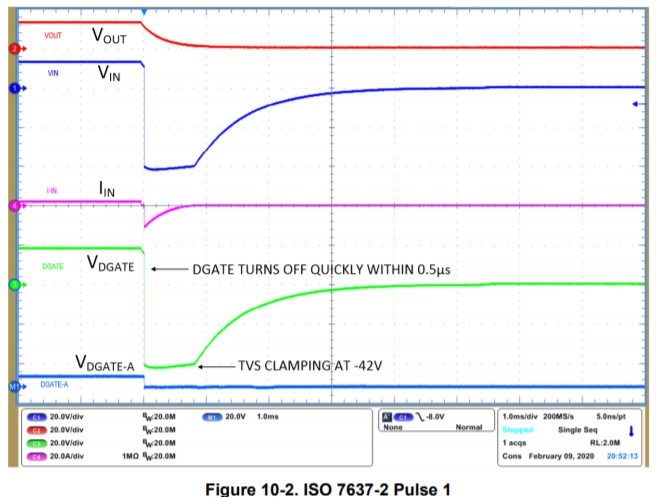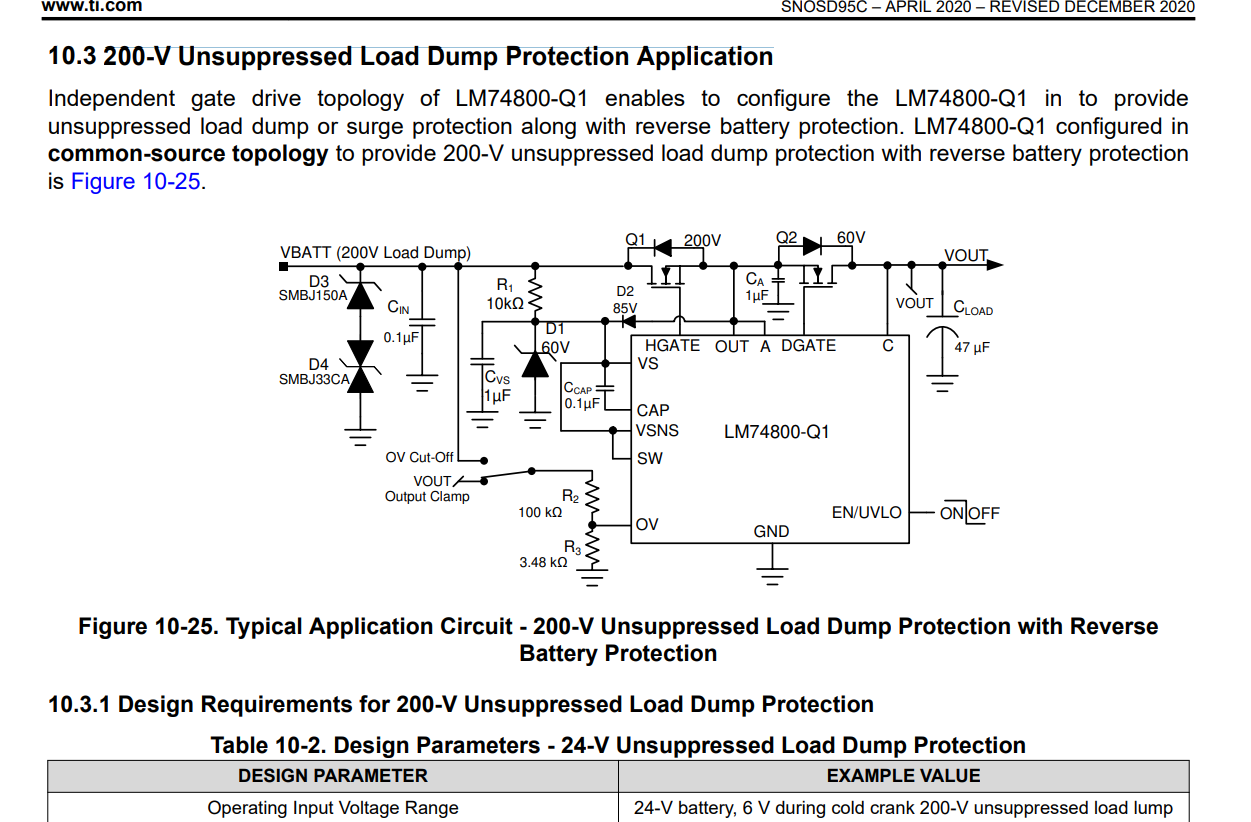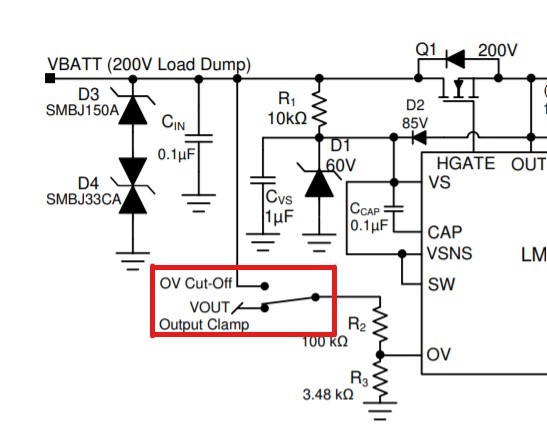Other Parts Discussed in Thread: LMR16030, LM5060-Q1,
Hi,
I made a design with the LMR16030 and have been using it for a while. I can say that I had no problems with 12V vehicles. But I started using it on 24V trucks or buses and sometimes I have problems. I cannot detect the net problem on the bus. I used TVS diode and PTC for protection on the input side of the board. I think I am having problems with sudden voltage spikes or dips or etc.(ISO 7637-2 & ISO 16750-2)
Therefore, I think the protection circuit is insufficient and as a result of my research I saw the LM5060-Q1. But somewhere in the forum I came across an article about how the LM7480-Q1 is better.
I have some questions regarding the protection circuit:
1) I produced a total of 20 + 10 pieces of my circuit, whose picture I shared. But as I said, I think I have a problem with a 24V truck or bus. I wonder if this protection circuit (TVS, PTC) is insufficient.
2) If the 1st question is insufficient, do I need to use an IC as I mentioned above? If yes, which one would you recommend?
system requirements:
- 12V, 24V input (car, truck, bus etc.)
- There should be a definite solution to situations such as instant voltage rises or drops so that the system must work uninterruptedly. I think their general name is Models of ISO 7637-2 & ISO 16750-2 Transients.
If there is anything you do not understand please write to me so I can find a clear solution.
Will using LM5060-Q1 or LM7480-Q1 instead of the protection circuit at the input solve my problem?
Regards,
Mehmet









